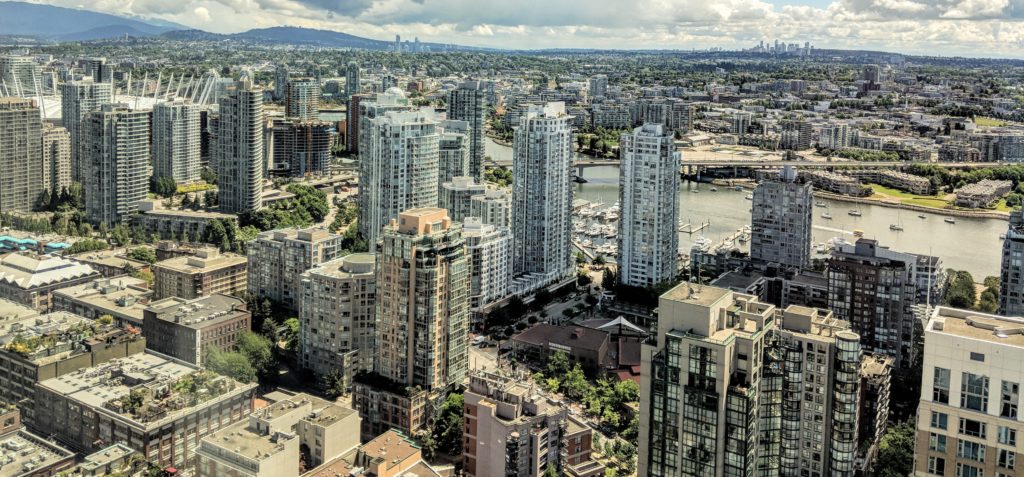It’s not that often you can make this kind of blanket statement about a service.
Seon recently attended the Canadian Urban Transit Association (CUTA), New Mobility Symposium and given the presentation content, we feel that transit has a very relevant role to play in our transportation future. Not only that, but transit will be of great importance to everyone, not just the subset of people who don’t make use of personal vehicles to get from Point A to Point B.
The future of transit will affect everyone, and the future looks bright! We can, in part, thank the Transportation Network Companies (TNC) for ensuring our transportation future is rosy, but we can also thank the forward-thinking transit agencies who realize that one size does not fit all.

The design of a transportation service that really and truly meets the needs of the general public must deliver the same benefits (or maybe even more) than those gained from personal car ownership:
- The convenience of accessing your ride from your front door, and having it drop you off at your exact intended destination
- The comfort of being in clean, familiar, safe surroundings
- Reliable and fast service from point A to point B (Your transportation of choice must be on-time and not take longer than expected to get you where you want to go).
Transit and mobility service providers are working to solve these challenges now. While a lot of work is yet to be done, understanding the needs and challenges of the general public goes a long way in defining how future mobility services will look and behave. A lot of healthy competition along the way is a bonus — all parties raise the bar delivering services that cater to their users like never before.
We, very clearly, are aiming towards the ultimate goal of reducing personal car ownership numbers right down to zero. We also, very clearly, have a ways to go.

Using statistics from Vancouver to incent us to reach that goal as quickly as possible (although every major City in North America can tell a similar story), we know that if we continue down our current road without making any changes, by 2038 Metro Vancouver will be home to approximately 1,000,000 more residents who will in-turn, own 700,000 more cars. If congestion, smog, and pollution-related illnesses such as asthma are bad now, how much worse will they get?

In the meantime, however, Transit agencies, TNCs, consultants, visionaries, entrepreneurs, and governments alike are working to ensure our future reality doesn’t paint such a smoggy picture. All of these players are working on a number of solutions to help us build an entirely different mobility future. One that’s seamless and accessible by all (ages, walks of life, and physical abilities), regardless of whether you live in a densely populated urban center or a suburban or residential property further away from activity hubs.
Our second post in this series will continue later this month. Subscribe to make sure you don’t miss the next installment

